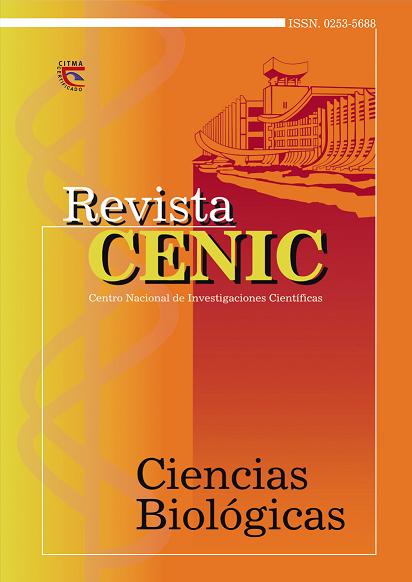Outdoor cultures of cyanobacteria Nostoc LAUN0015 and Anabaena MOF015 for enriched-biomass production. Pilot testing for mass culture
Keywords:
Anabaena, Nostoc, Open cultures, Protein, Biomass ProductionAbstract
The growing world food demand has led to the search for new sources of highly nutritious biomass. Cyanobacteria can be used not only as a source of compounds of biotechnological interest, but also as food for animals and humans, because of their high nutritional quality. The aim of this study was to evaluate the biomass production of nitrogen fixing filamentous cyanobacteria Nostoc LAUN0015 and Anabaena MOF015 outdoors at two culture volumes: 50 and 100 L using BG11 with no nitrogen as culture medium without nitrogen. Growth was followed by turbidity and determination of pigments until reaching stationary phase of growth. The Biomass was harvested, dried and used for the determination of dry mass of protein, carbohydrates and phycohiliprotrin total lipids. Anabaena MOF015 produced the highest values of dry mass, chlorophyll, phycocyanin, phycoerythrin, proteins and lipids with 3.85 ±0.41 g L-1, 3.76 ±0.51, 6.16 ±0.85, 2.79 ±0.25, 250.31 ±10.01 and 20.11 ±1.01 µg mL-1 respectively in a volume of 50 L culture. Nostoc LAUN0015 reached the maximum production of carbohydrates of 754.17 ±79.86 µg mL-1. Anabaena MOF015 is prominent for further growth and production of dry biomass and metabolites (p<0.05) in diazotrophic conditions, which means more economical culture systems with great biotechnological value.Downloads
Downloads
Published
How to Cite
Issue
Section
License
Los autores que publican en esta revista están de acuerdo con los siguientes términos:
Los autores conservan los derechos de autor y garantizan a la revista el derecho de ser la primera publicación del trabajo al igual que licenciado bajo una Creative Commons Atribución-NoComercial-CompartirIgual 4.0 Internacional que permite a otros compartir el trabajo con un reconocimiento de la autoría del trabajo y la publicación inicial en esta revista.
Los autores pueden establecer por separado acuerdos adicionales para la distribución no exclusiva de la versión de la obra publicada en la revista (por ejemplo, situarlo en un repositorio institucional o publicarlo en un libro), con un reconocimiento de su publicación inicial en esta revista.
Se permite y se anima a los autores a difundir sus trabajos electrónicamente (por ejemplo, en repositorios institucionales o en su propio sitio web) antes y durante el proceso de envío, ya que puede dar lugar a intercambios productivos, así como a una citación más temprana y mayor de los trabajos publicados (Véase The Effect of Open Access) (en inglés).















